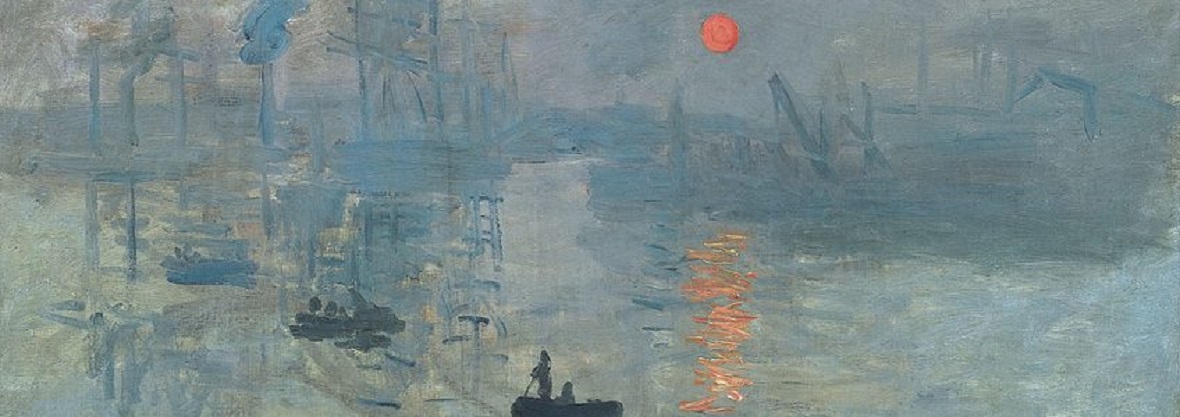
What is Impressionism?
Impressionism: Origins and Impact
Impressionism is an art movement of the 19th century characterised by the atmospheric depiction of fleeting moments. What is revolutionary about Impressionism is that artists began to observe their perception.
The name of the art movement is derived from Claude Monet's landscape painting titled "Impression, soleil levant" from 1872. The peak of Impressionism was between 1863 and 1883. In the following years of the 19th century, Impressionism spread across many parts of Europe.
Impressionism had a strong influence on subsequent art movements. Even during the time of Expressionism, many artists remained loyal to Impressionism throughout their lives. The term Impressionism was also applied to certain styles in music, literature, film, and photography.
How to Recognise Impressionist Paintings?
Common impressionistic motifs included landscape scenes with rural figures or strollers, light-filled boulevard scenes with elegantly dressed ladies, depictions of dancers and women at their toilette, flower sellers, restaurant gardens, river landscapes, and coastal scenes.
Characteristic of Impressionism is the departure from conventional studio painting and the rigid teachings of art academies. They moved away from strict formal composition and central perspective, instead focusing on bright, friendly colours.
Characteristic of Impressionism are the open compositions created by relatively small, thin but visible brushstrokes, as well as the emphasis on the precise depiction of light in its changing qualities. Nature was portrayed in a way that made it tangible and graspable through the impressionistic painting style, but not in the conventional naturalistic manner. Instead, it was rendered with a technique that dissolved contours.
Which Artists Are Associated With Impressionism?
Impressionism originated from a group of artists living in Paris, whose individual exhibitions gained recognition in the 1860s and 1870s. The term "Impressionism" comes from the French word "impression," which means "impression."
The term Impressionism became known through the critic Leroy, who used the word disparagingly in the magazine Charivari in 1874 in connection with the paintings presented in an exhibition at the Nadar studio. Years earlier, the impressionistic style of painting had already been shaped by its main representatives Claude Monet, Édouard Manet, and Edgar Degas.
Do you own an impressionistic work of art and want to sell it? → Contact us without obligation.
